Six running terms to know when you buy your first pair of running shoes. Easily talk with the shoe specialist, so you can find the pair that feel like an extension of your feet.
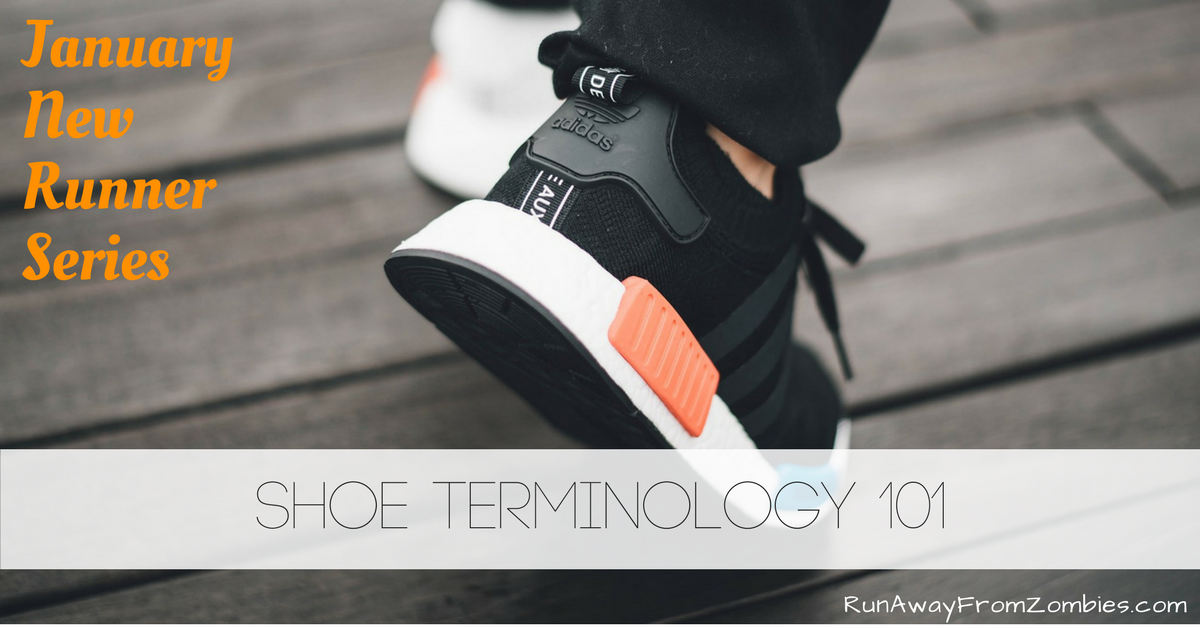
Gait Analysis
Specialty running stores will provide gait analysis where you run on a treadmill in front of a low camera (or low-tech by eye) to categorize your pronation type. This will often dictate what type of shoes they bring out for you first.
Pronation Types
Pronation is the inward motion of your foot that occurs when you run or walk to distribute the impact force of the ground. Some pronation is normal. “Neutral” shoes are recommended for normal pronation.
Overpronation: your foot rolls inward too much, collapsing the arch too much/too long, and you push off using your big toe and second toe. Often motion-control or stabilizing shoes are recommended.
My arches collapse too much, but I often still measure in the “neutral” range. I’ve worn neutral and stabilizing shoes with success.
Underpronation (or supination): more weight is distributed to the outer edge of your foot which is not a good shock absorber. There are no specialty shoes for underpronators, but it’s recommended you stay away from the motion-control and stabilizing shoes that further limit motion.
Read more and watch videos on pronation at Runner’s World.
Running Shoe Terminology
Shoe size: Your running shoe size is typically a size larger than your regular shoes. You want a lot of room as your feet swell during runs.
Cushioning: Can vary from minimal “barefoot” style to the giant stack height of the Hoka One Ones, with countless shoes in between.
Toe box: The part of the shoe that covers the toes. Altras have wide toe boxes, which allow your toes to spread as you land and launch off. If the toe box is too narrow, your toes will be cramped and unable to do the work that toes do when you run.
Heel-toe drop or offset: The difference in height between the heel and the forefoot of the shoe. Your heel and your toes sit at the same height in “zero drop” shoes. Stack height (or the amount of cushioning you’re standing on) is a different measurement.
Shoe Buying Tips
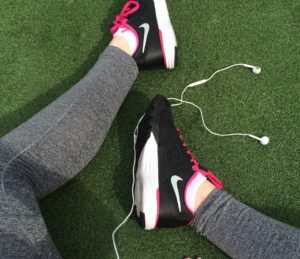
- Ask the specialist what makes each shoe different, so you can learn what you like and don’t like.
- Run around the store, on their treadmill, etc, to feel each shoe out.
- Try on left and right, because no foot is the same.
- Make sure they have a generous refund policy.
Use these terms to communicate with your running shoe specialist to get you into shoes that feel like an extension of your feet. Good luck!
*This post is part of the January New Runner Series. Check out the other posts here and receive the free New Runner Essentials ebook here.*
Additional resources:
- How to know when to replace your running shoes
- Running shoe review aggregation by RunRepeat.com
- Running shoe sale search engine shoekicker.com
Comment below with what you’re currently running in
I’m running the gamut: Vibram Five Finger “barefoot” shoes, Asics GT-2000 (10mm drop, stabilizing), and Hoka OneOne Stinson Lite (4mm drop, neutral, maximum cushioning)

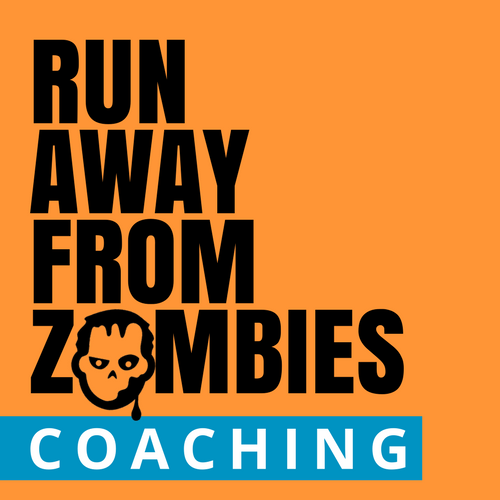
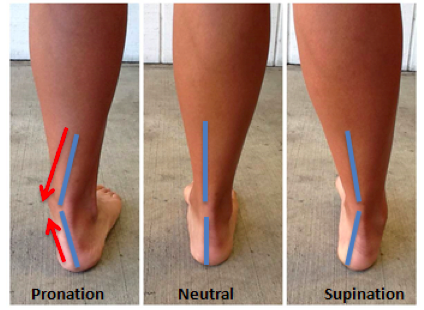
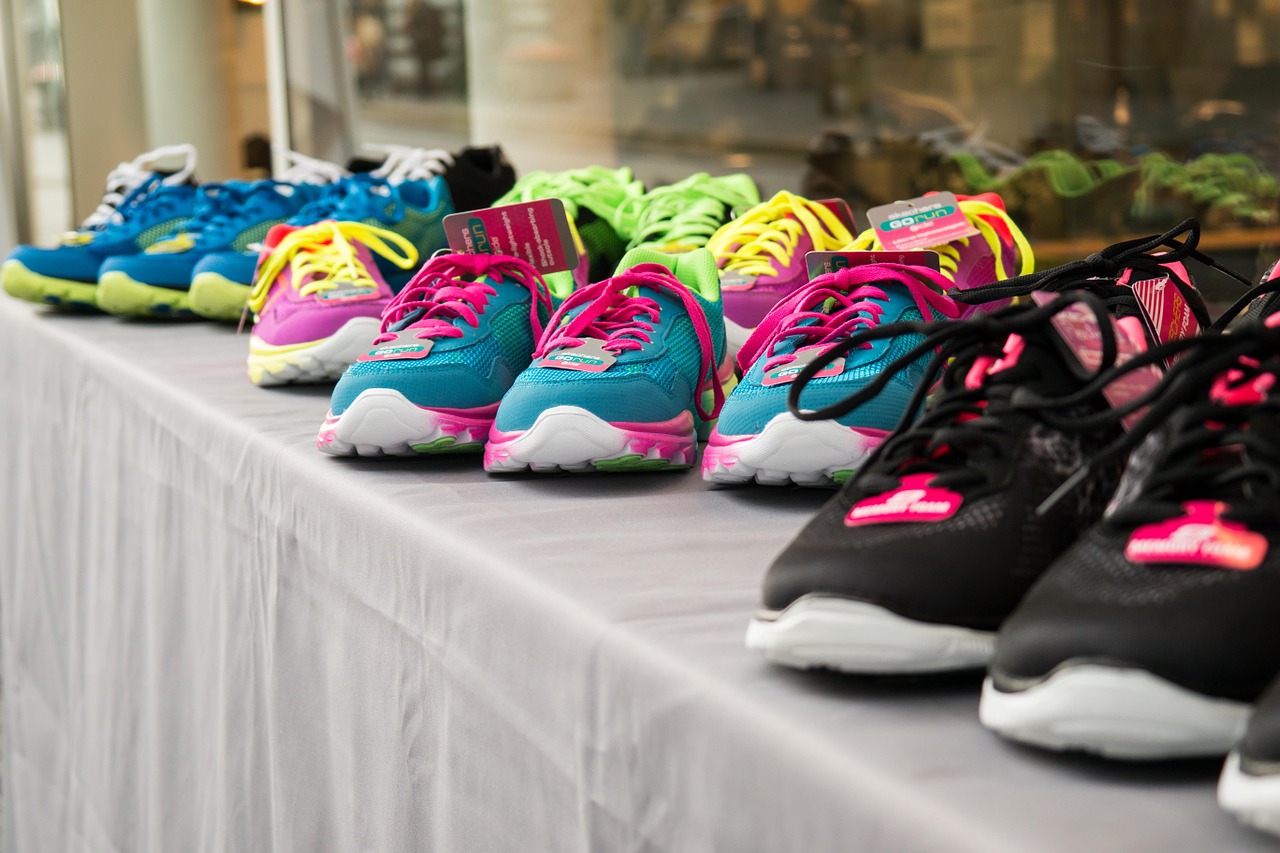


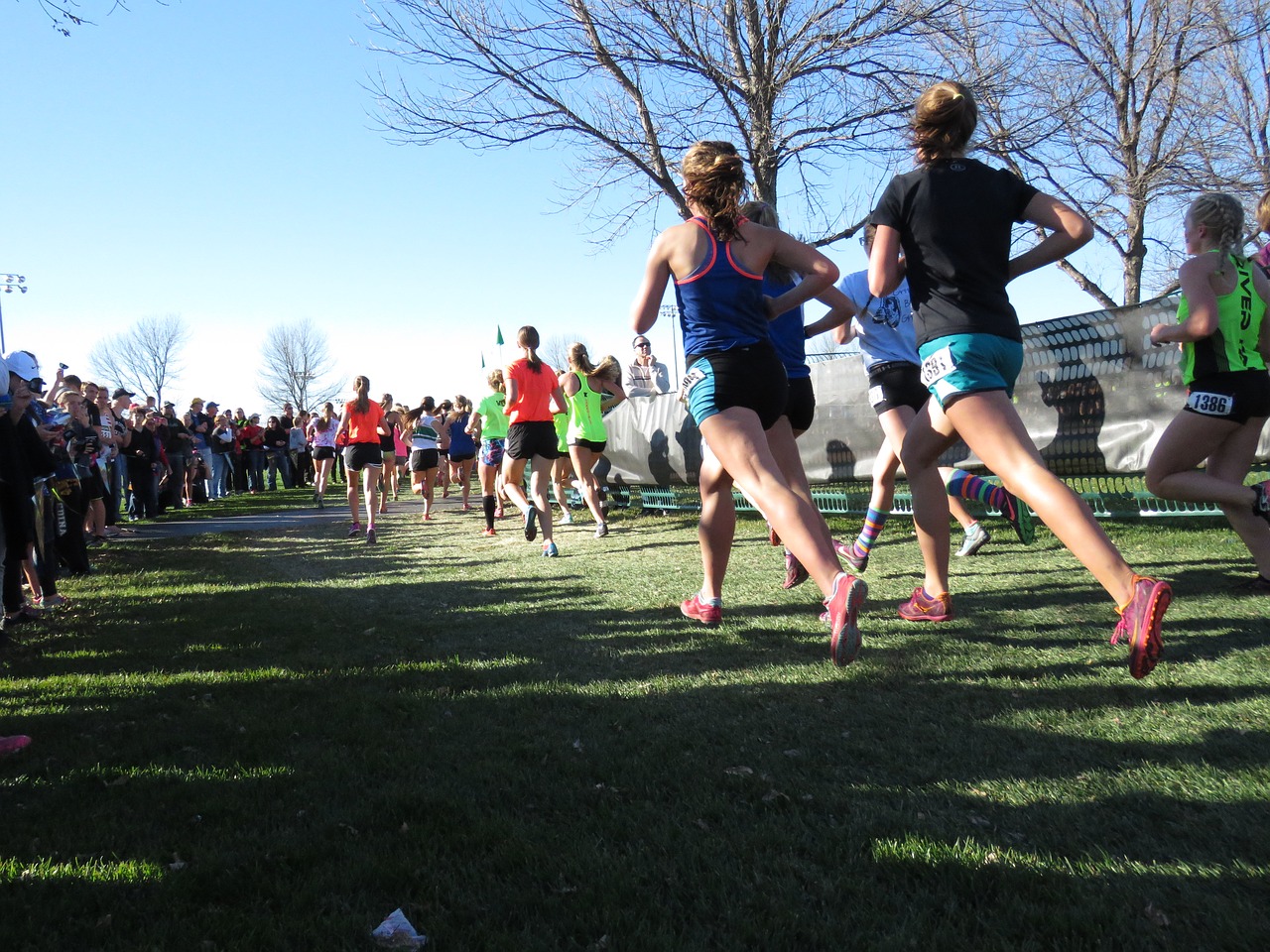
Leave A Comment